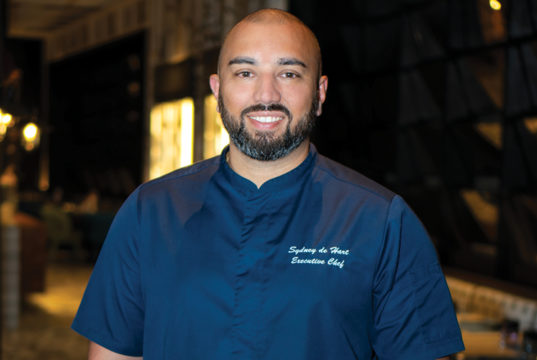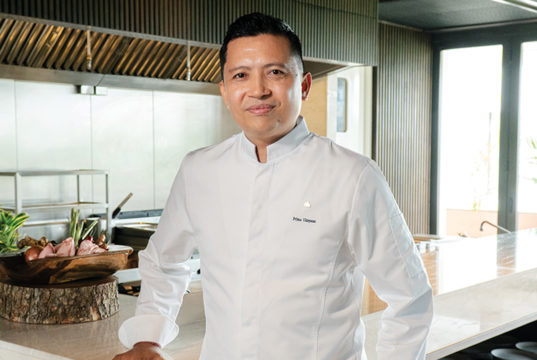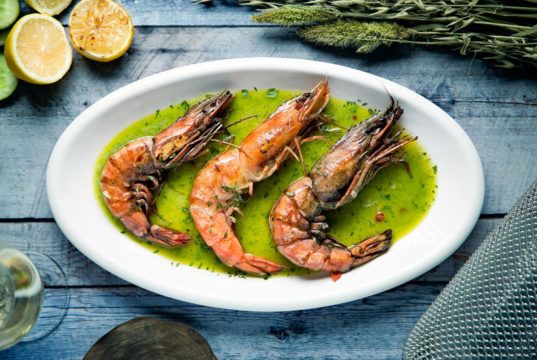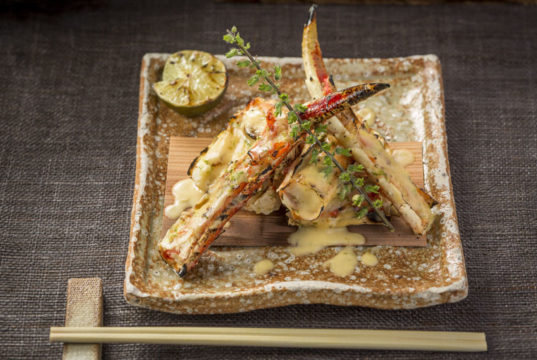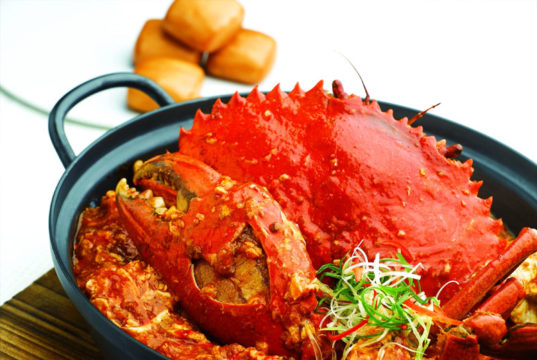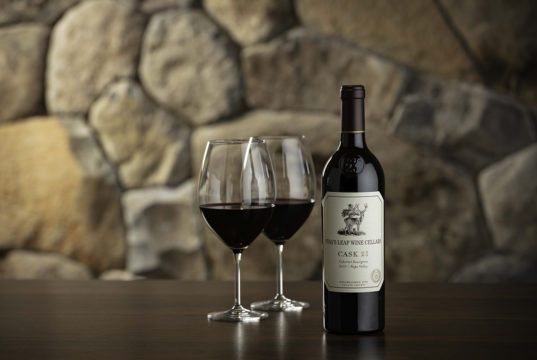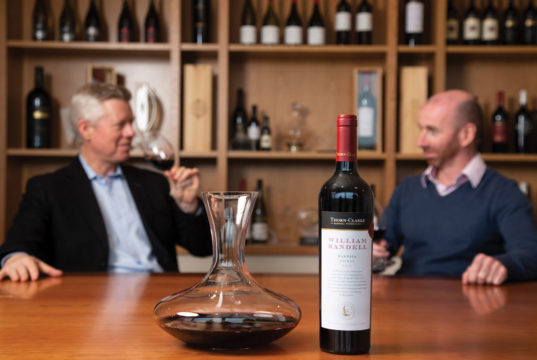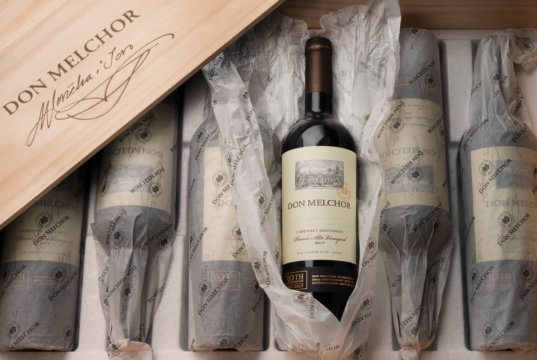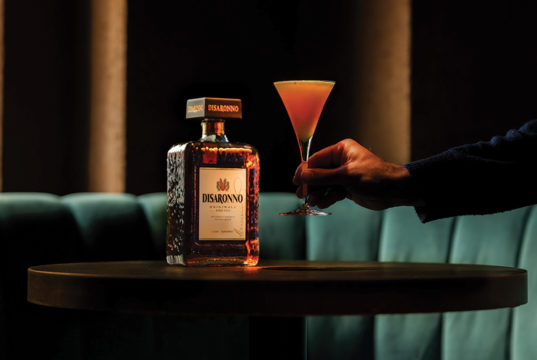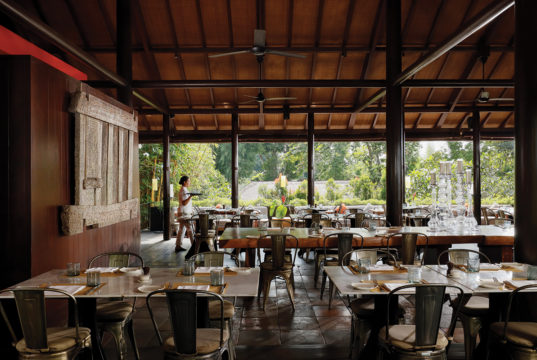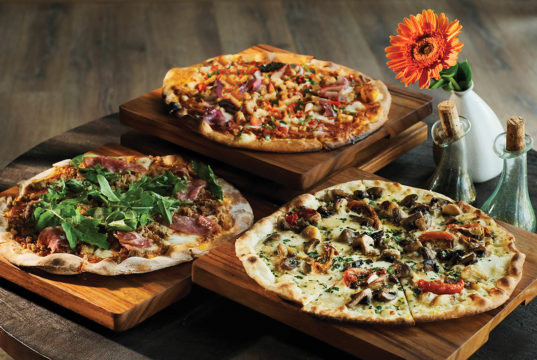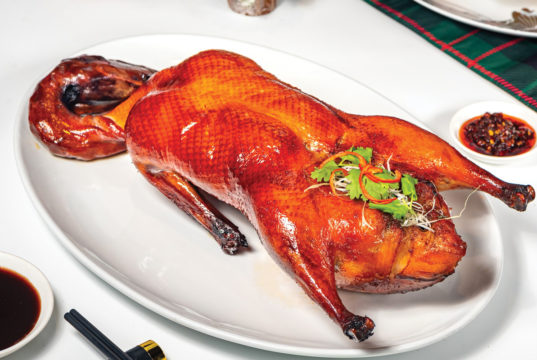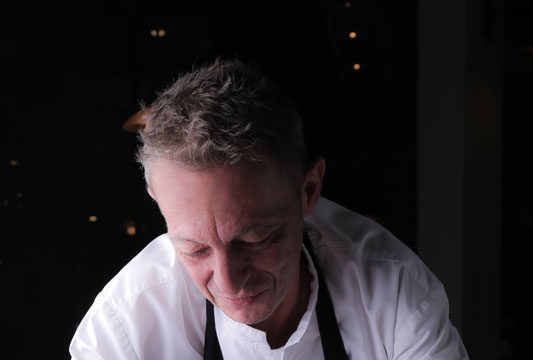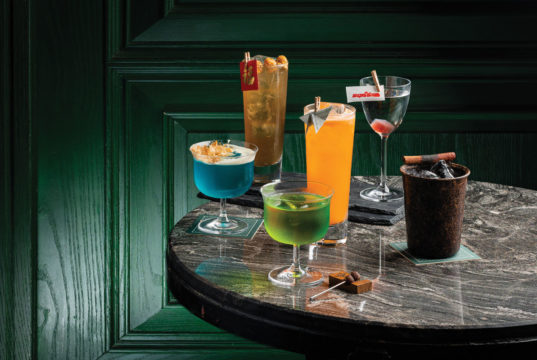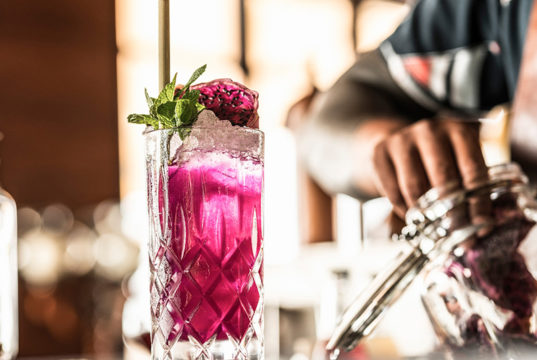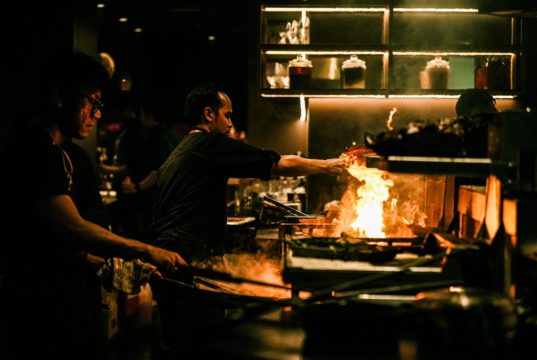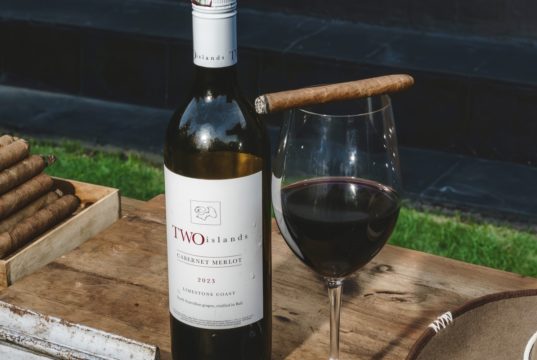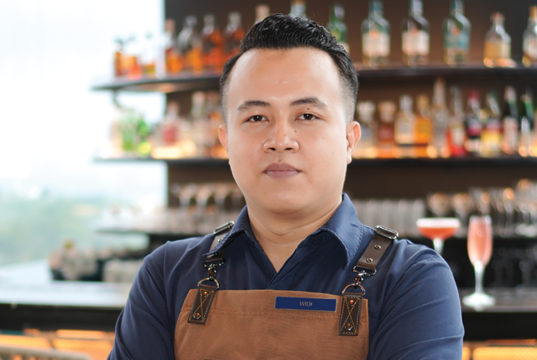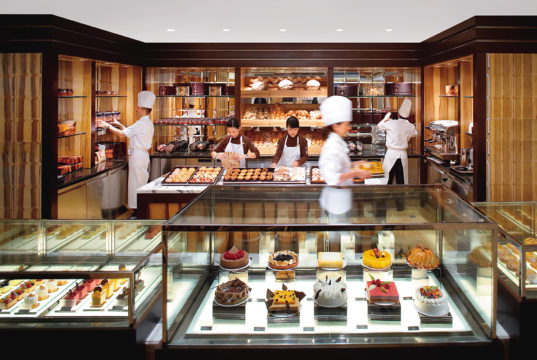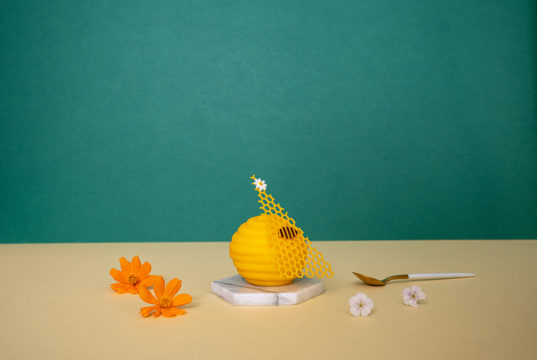Ducks have been kept for their meat, eggs and down for millennia. Almost all domestic ducks are descended from the mallard. The meat is rich in taste and very moist due to its fat content, although wild ducks tend to have a stronger flavour with leaner and tougher meat.
There are many famous duck dishes, such as Peking duck, the legendary Balinese bebek Betutu, duck à l’orange and zhangcha duck – a quintessential Sichuan dish prepared by smoking a marinated duck over tea leaves and camphor wood, after which it is steamed and finally deep fried.
From Emperor to Hawker
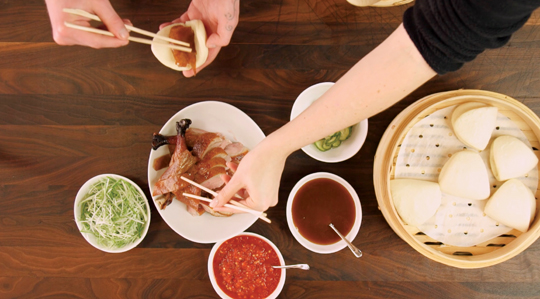
Records show duck has been roasted in China since at least the Southern and Northern Dynasties, and probably before. However the most famous dish, Peking roast duck, was first seen in the Qing and Ming Dynasties (1368 – 1644) where it became one of the core ingredients of imperial court menus.
In a break from previous dynasties, and perhaps for the first time ever in a royal household, the imperial menus of the Ming and Qing Dynasties were created to promote health.
The first restaurant specialising in Peking duck, Bianyifang, was established in Beijing in 1416. By 1736–1796 in the Qing Dynasty, the popularity of Peking duck had spread far and wide, even inspiring poetry from poets like Duan Zhu Zhi Ci, who in his collection of poems wrote, “Fill your plates with roast duck and suckling pig.”

Perhaps the most important step towards what we today consider Peking duck came in 1864, when Quanjude restaurant was opened in Beijing and the restaurant’s founder, Yang Quanren, developed a wood-fired hung oven to roast ducks; a technique still used over 200 years later.
As part of the preparation these days, air is pumped through the neck cavity to separate the skin from the fat. The duck is then soaked in boiling water before being hung. After drying, the bird is glazed with a maltose syrup and left to stand for 24 hours before roasting.
Peking duck is traditionally carved in front of diners and served in three stages. First, the skin is served on its own dipped in sugar and garlic sauce. Then the meat is served with steamed pancakes, vegetables and sweet bean or plum sauce. Lastly, the remaining fat, meat and bones are made into a broth, or the meat is chopped and stir-fried with a sauce.




